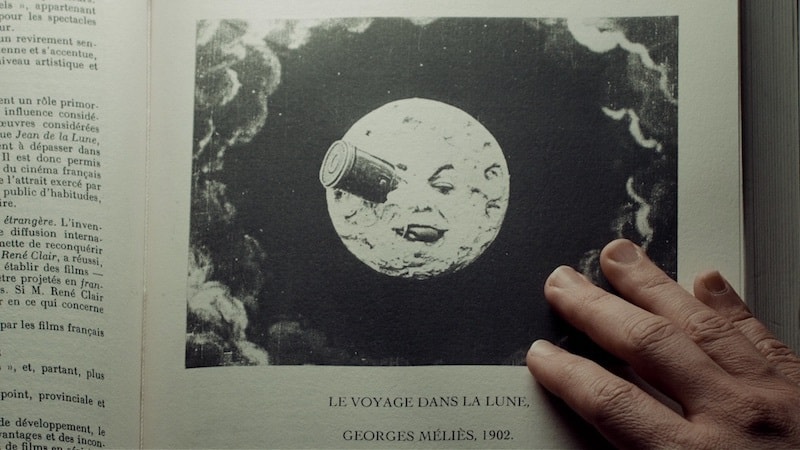From A to Zoetrope: A Look at the Ancestors of Cinema
Before the moving image, there was … the slightly slower moving image.

Welcome to The Queue — your daily distraction of curated video content sourced from across the web. Today, we’re watching a video essay that takes a look at all the different technologies that paved the way for the moving image, from the camera obscura to zoetropes.
Every piece of technology has to start somewhere. And as far as the moving image is concerned, depending on how loosey goosey you want to get, the origins of cinema go as far back as the 1st millennium BCE, when enterprising storytellers used puppets and a light source to bring myths and folklore to life.
To Plato’s chagrin, many of us chose to stay in the cave, where dazzling, spectacles play out before our eyes. Not only that, but as the centuries have trickled on by, innovations, improvements, and a variety of eureka moments have led to a string of developments that ultimately lead to the movie-watching experience we know and love today.
The following video essay offers an impressively thorough breakdown of various benchmarks in cinema’s journey from antiquity to streaming (oof). Broken down into eight chapters, the essay takes a look at: shadow puppet theatre; the camera obscura; the magic lantern; the concept of phantasmagoria; optical playthings; still photography; the stereopticon; the Zoopraxiscope, and the Kinematograph.
Hold onto your historical hats, and dive in: to cinema’s prehistory.
Watch “Pre-Cinema | Cinémathèque”:
Who made this?
This video on the historical predecessors of cinema was created by Luiza Liz Bond and Lewis Michael Bond, the duo behind The Cinema Cartography. Her videos investigate the intersections of film and philosophy. You can check out The Cinema Cartography’s website here. You can check out their back catalog of videos here.
More videos like this
- For another taste of The Cinema Cartography’s work, here’s their look at the aesthetics of evil in film.
- Here’s a video from The Cinema Cartography on Pier Paolo Pasolini‘s cinema of transgression. You may know Passolini for his notorious anti-fascist film Salò, or the 120 Days of Sodom. If you dare, the video essay is a fun and informative watch, especially for those only familiar with Salò.
- Here’s another video, again from The Cinema Cartography, about the copycat cinema of Quentin Tarantino.
- And here’s a video from The Cinema Cartography on how Edward Yang‘s film Yi Yi explores the cinematic poetry of liminal space.
- And finally, here’s their breakdown of poetic harmony in the works of Andrei Tarkovsky
